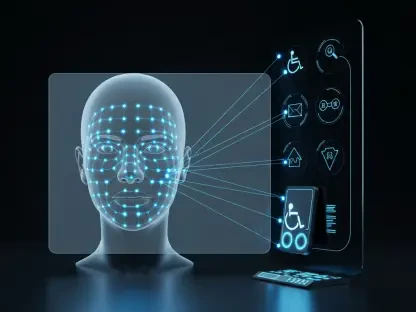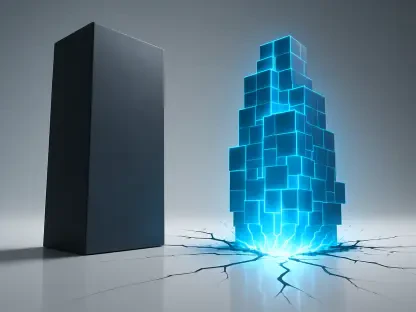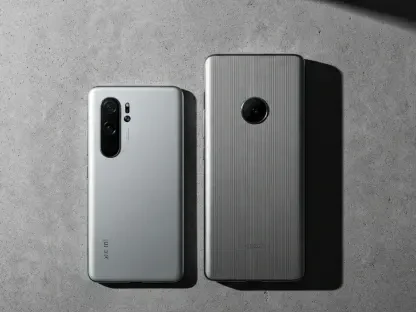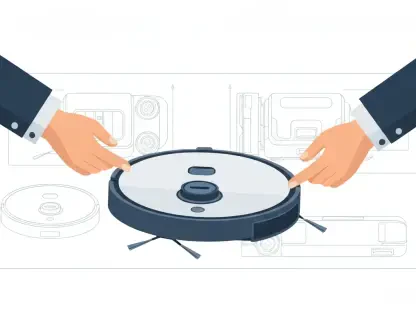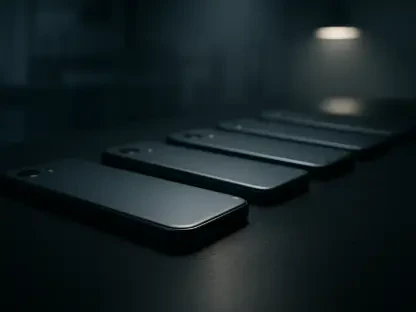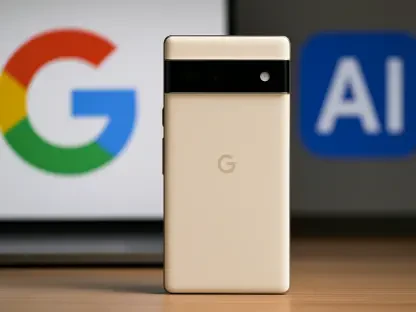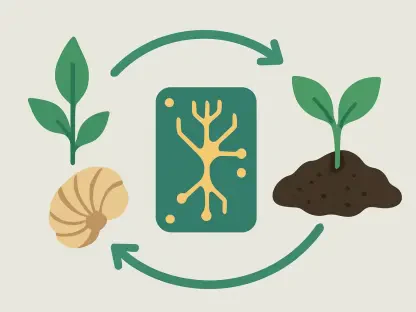In a world increasingly dominated by artificial intelligence, the question of whether technology can surpass human ingenuity in creative tasks remains a pressing concern for industries reliant on innovation. A groundbreaking study conducted by researchers at Switzerland’s University Institute of Schaffhausen, published in a prominent journal last year, offers compelling insight into this debate. By comparing the creative output of human teams against individuals assisted by AI tools like ChatGPT, the research sheds light on the unique strengths of human collaboration. The findings suggest that while AI has made significant strides in many areas, the spark of originality and the ability to craft applicable solutions still seem to reside predominantly with humans working together. This discovery not only challenges the growing reliance on AI for ideation but also prompts a reevaluation of how technology should be integrated into creative processes across various sectors.
Unveiling the Research Design and Results
The study involved 202 university students from Germany, divided into three distinct groups to tackle creative challenges: pairs of humans collaborating, individuals using ChatGPT (specifically the GPT-4 version), and individuals relying on Google Search. These participants engaged in divergent thinking exercises, such as imagining unconventional uses for everyday items like forks or solving hypothetical global issues. Human judges, unaware of the group assignments, evaluated the outcomes based on originality and practical applicability. The results were striking—human pairs consistently outperformed their AI-assisted counterparts by a margin of 15-20% in both metrics. For instance, human teams showcased remarkable flexibility in tasks, proposing ideas like using forks as emergency medical tools or even as musical instruments, demonstrating a depth of conceptual thinking that AI struggled to match. This clear disparity highlights the unique ability of human collaboration to generate ideas that are not only novel but also relevant to real-world scenarios.
Delving deeper into the data, the research revealed specific areas where human teams excelled over AI. Beyond the numerical advantage, the quality of ideas from human pairs often reflected a nuanced understanding of context and utility, something less evident in AI-generated responses. While ChatGPT produced lengthier outputs, an automated scoring model mistakenly equated wordiness with creativity—a bias not shared by human evaluators. This discrepancy points to a fundamental limitation in AI’s ability to discern true innovation from mere verbosity. Additionally, the study noted that human collaboration fostered a dynamic exchange of perspectives, allowing for spontaneous refinements and breakthroughs during brainstorming sessions. Such interactions proved critical in tasks requiring abstract reasoning or multi-step problem-solving, where the creativity gap widened even further in favor of human teams, underscoring the irreplaceable value of interpersonal dialogue in ideation.
Exploring AI Limitations in Creative Contexts
One of the central themes emerging from this research is the inherent constraint of AI in replicating the synergy found in human teamwork. Despite its computational prowess, AI lacks the capacity for genuine perspective exchange, a cornerstone of creative problem-solving. The study found that individuals using ChatGPT often experienced diminished creative confidence after completing tasks, with 78% attributing the primary idea generation to the AI rather than themselves. This imbalance in ownership can stifle personal investment in the creative process, a factor less prevalent in human pairs who share mutual encouragement and accountability. Furthermore, AI’s responses, while detailed, often missed the emotional resonance and intuitive leaps that characterize human brainstorming, revealing a gap in its ability to mirror the depth of human interaction during ideation phases.
Another critical insight from the study is the risk of over-reliance on AI tools potentially undermining critical thinking skills. Experts unaffiliated with the research, such as cognitive scientists, have echoed this concern, noting that while AI can simulate creative output, it falls short of originating truly novel concepts. Human innovation often arises from the friction and diversity of perspectives, elements that AI cannot authentically replicate due to its lack of lived experiences or emotional context. This limitation was particularly evident in complex tasks where abstract thinking was required, as human teams consistently bridged conceptual gaps through dialogue and shared understanding. The findings suggest that while AI may serve as a useful tool for specific functions, its role in the creative sphere remains supplementary rather than central, highlighting the enduring importance of human-to-human collaboration.
Strategic Integration of AI in Creative Workflows
While the study underscores the superiority of human teams in creative endeavors, it does not entirely dismiss the potential of AI in such contexts. Instead, it advocates for a strategic approach to integrating AI into creative workflows, particularly in execution-phase tasks. For instance, AI tools like ChatGPT can be highly effective in refining or expanding upon existing ideas, offering detailed suggestions or automating repetitive aspects of the process. However, the initial ideation stage appears to benefit most from human collaboration, where emotional and intellectual interplay drives breakthrough thinking. Researchers suggest that future advancements, potentially in models like GPT-5, might narrow the creativity gap, but the absence of authentic dialogue and experiential grounding in AI interactions remains a fundamental barrier to matching human innovation.
Looking ahead, the study’s implications for industries are profound, urging a balanced approach to technology adoption. Companies eager to leverage AI should prioritize human-driven ideation before employing AI for supportive roles, ensuring that the essence of originality remains rooted in human strengths. Reflecting on the research outcomes, it became evident that the nuanced interplay of emotional and intellectual factors in human teamwork was a decisive factor in outpacing AI. As technology evolves, the focus shifts to harnessing AI as a complementary asset rather than a replacement for human creativity. This perspective paves the way for future strategies, encouraging organizations to foster environments where human collaboration thrives, supported by AI tools to enhance efficiency and scalability in creative projects.


